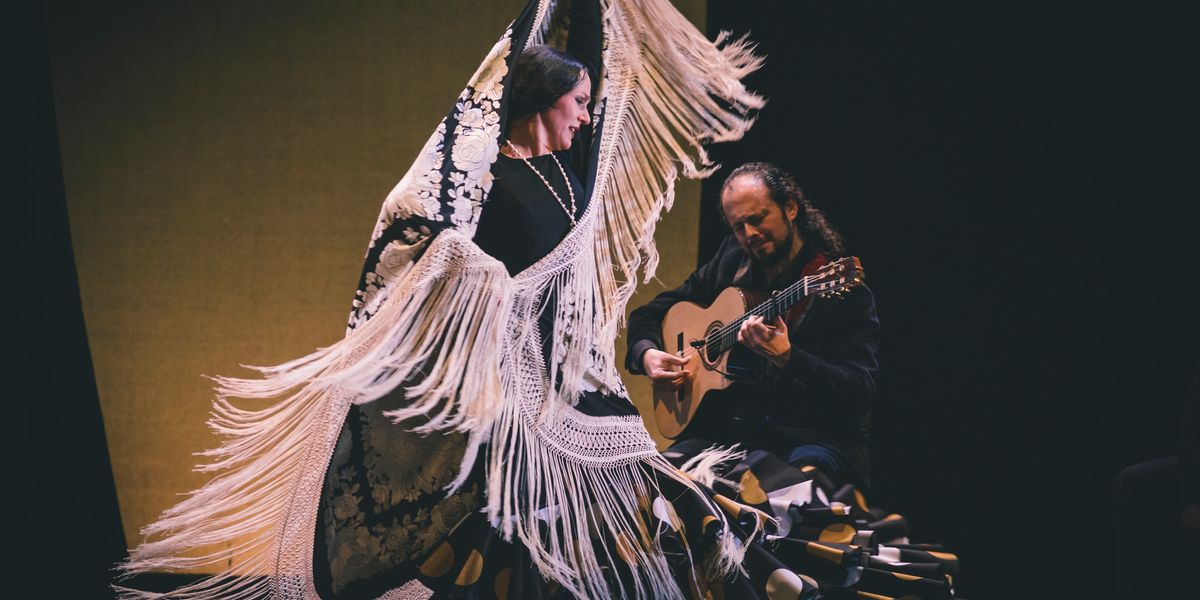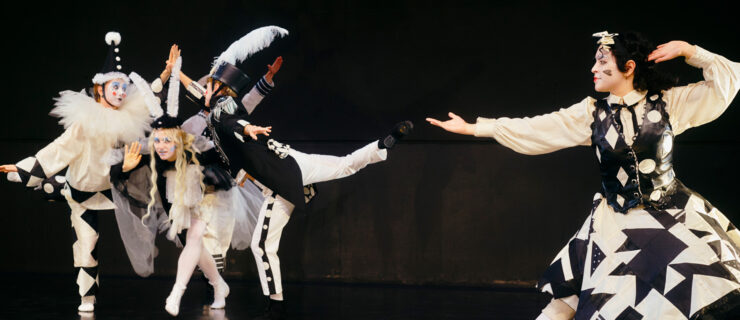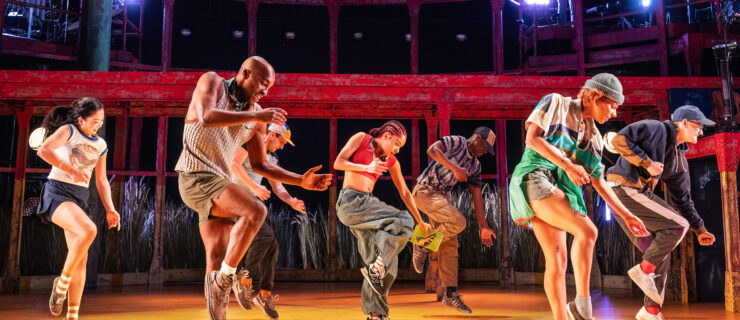This Flamenco Dancer Wants You to Know It *Is* Possible to Balance Performing and Motherhood
Watching Concha Jareño dance is like taking a journey into the ancient and modern legacy of flamenco. Her blend of retro classic technique with contemporary geometric shaping has influenced the form’s aesthetic. She has stewarded the return of brighter variations, re-popularizing dances that seemed to be lost to the history books.
Her signature “shape-shifter” skill with the traditional long-trained dress (bata de cola) and large shawl (mantón) is a creative wonder: She forms the large shawl into squares and triangles, clothing and wraps, while also manipulating the skirt in motions that twist, flip and turn.
She recently spoke with Dance Magazine about her globe-trotting career, motherhood and where she finds her strength.
The Power of Being an Outsider
“I am not from the cradle of flamenco. I am not a gypsy, Andalusian or from an artistic family. I am outside the stereotype of a traditional flamenco dancer; that is something big.”
How She Came Back from a Major Neck Injury
“It is very natural to me to dance with the bata de cola; it is like my own appendage. But in my early career I was injured from the weight and strain of working with a heavy train. My neck was paralyzed; I was unable to move it for a month. I had to improve how I was dancing, be less rough and take better care of my body. I now choose lighter fabrics for the dress as well.”
Balancing Art and Motherhood
“When I was younger I made my own costumes. My parents had a flamenco dress store and I learned to sew and design. Now I am much busier with children, so I come up with designs and let someone else create them, contributing their vision.
“I have two children, ages 1 and 4, and I continue dancing because my husband takes excellent care of our kids when I’m traveling. It would be impossible to do it alone.
“Dancers entering into motherhood must remember that the changes of pregnancy and the demands of motherhood are not forever. That this change in your life will continually evolve. Finding energy for your projects after you have met your children’s needs is challenging but will not always be that way.”
Her Response to Chauvinism
“As a female choreographer, I have not been treated inferior. Of course there is chauvinism out there, so when I encounter it, I don’t allow it to have an emotional impact on me.”
Where Her Strength Comes From
“To create a new work, the music is essential. I cannot develop an idea alone in the studio. I work together with the musicians to create.
“Conservatory studies give students an excellent fundamental knowledge of dance; however, to learn flamenco, the tablao is essential. The stage itself is flamenco’s school. It is the source of the feeling and art.
“I do not cross-train, I go to the tablao. Performing there best strengthens the body. It builds the necessary cardio to dance a full theater performance. Also I have children; caring for them is an ‘organic gym.’ ”




